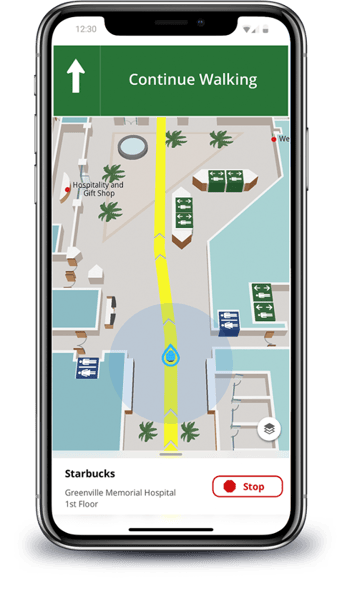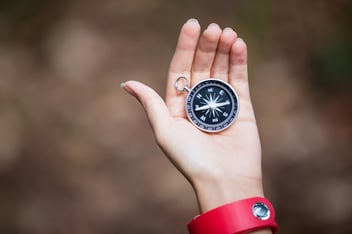Recently, at a conference, I was hosting a focus group discussion. Someone asked me how Gozio was different from one of our competitors. I replied that we are the only mobile platform with embedded wayfinding and indoor positioning specifically built for healthcare. The person who had asked the question said he didn’t think that was true. In fact, it is true. There are companies that build apps and there are companies that do wayfinding. There are some that are only in healthcare. But we actually are the only one that does both things designed to support health systems as they engage patients.
Why does it matter? It matters because healthcare is unique. There are a wide range of regulatory hurdles, physical hurdles, and emotional hurdles that have to be addressed. Research has shown that poor wayfinding causes stress and anxiety for patients. So if the goal is a better patient experience then the digital wayfinding in the hospital better support that.
So, what does a good digital wayfinding and indoor positioning solution for healthcare look like? The best healthcare wayfinding requires a focus on quality, accuracy, and scalability. These are impacted both by techniques and technology and the ways in which the unique aspects of a hospital impact those techniques and technologies.
In this new comprehensive guide on wayfinding in healthcare, we’ve looked at all the things you need to know, including:
- Why You Need Indoor Positioning
- Why Indoor Positioning in Hospitals So Challenging
- 6 Techniques to Find Things in and Out of Hospitals
- Flawed Indoor Positioning Technologies
- Why Bluetooth Is the Best Solution for Hospital Wayfinding
This guide also offers a list of critical features that are needed to ensure the most accurate and high-quality wayfinding and indoor positioning solution for a healthcare organization.
Get all the details in by downloading A Comprehensive Guide to Wayfinding for Healthcare.


